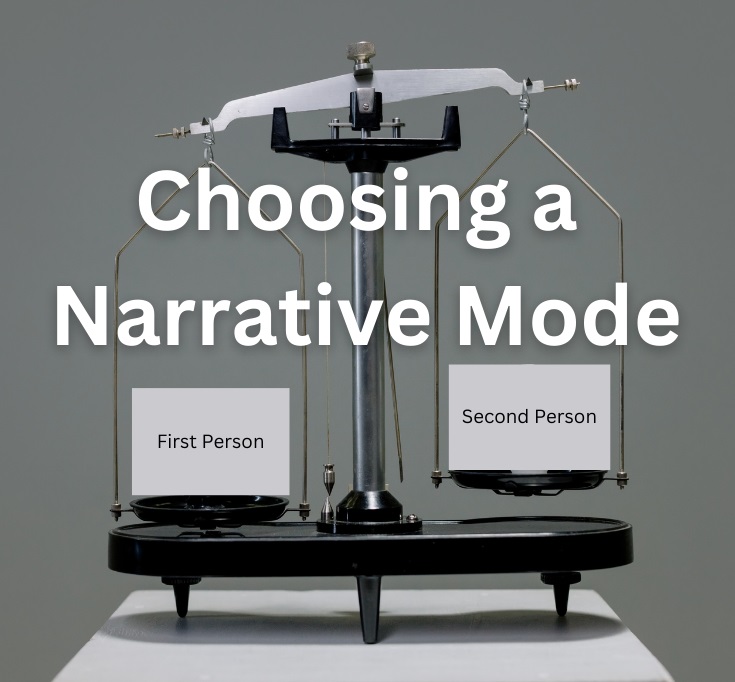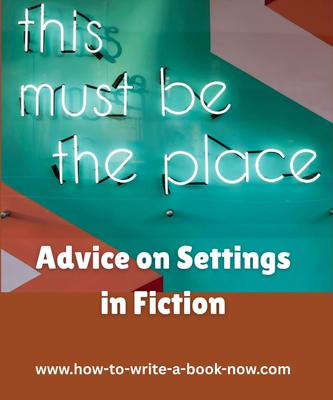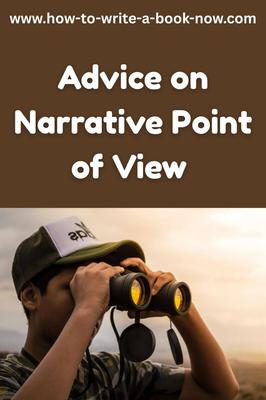Creating Problems and Action...
by Amanda
(Texas)
Question: I am fifteen years old and am beginning a 'realistic fantasy' novel (similar to Percy Jackson series, where the real world is meshed with a fantasy world) and I know most of the characters front to back. I'm having trouble making up the 'stuff in the middle', the action and fighting scenes and basically problems for my characters to face. I feel like I'm using the same antagonist over and over, just appearing all the time, fighting, and then retreating. There's no depth to it and I'm wondering if there's some kind of strategy to develop problems...?
Answer: There are several strategies you could try. Since I don't know the particulars of your story, I'll just outline a few in general terms.
The fundamental principle is that drama comes from differences. You don't want to explore the same type of problem or have the same types of incidents over and over. Once you've explored one type of subject matter, you move on to something else.
For instance, let's look at the four-act structure of The Hunger Games. The first act is all about Katniss taking risks to help her family survive: illegal hunting, accepting government handouts, selling game to authorities, etc. Act Two is all about becoming a tribute, trying to win support, and letting herself be transformed via clothes, make-up etc. Act Three is about the arena, where she has to kill and avoid being killed. Act Four is about nursing Peeta back to health because they need each other to defeat the main villain, Cato.
So each act involves different activities and focus, but they are all steps on the road to reaching her goal, which is her family's survival. Obviously, four acts of her hunting or four acts of fighting in the arena would have made for a
It's also important to think of these acts as following a progression from...
Act 1, set-up --> Act 2, complication --> Act 3, move to crisis --> Act 4, resolution
This way the tension builds and then is released at the resolution.
Another point of structure is that each act begins and ends with a key turning point or driver that sends the plot in a different direction. In The Hunger Games these are...
1. Peeta giving Katniss bread (so she survives).
2. Katniss volunteering to take her sister's place in the hunger games.
3. The start of the games.
4. The gamemasters offering to allow two winners from the same district (giving Katniss a reason to ally with Peeta).
5. Katniss and Peeta forcing the gamemasters to let them both survive by threatening suicide.
Also, try to include the 8 essential plot elements. See this article for details...
https://www.how-to-write-a-book-now.com/plot-outline.html
Okay, that's one level.
It can also help to develop the other throughlines or arcs. For instance, the main character's inner conflict will go through a four-act progression in parallel with the overall plot ...
Act 1: The main character starts with a particular approach to life.
Act 2: He/she gets pressured to switch to a different approach (usually by learning about someone else's approach).
Act 3: The pressure builds to a personal crisis where he/she must decide whether to change or not, because only the right decision will result in the story goal being achieved.
Act 4: The results of that choice determines whether the main character ends up happier or better off than before.
There are other throughlines as well, which I've written about on this site. But I think that's more than enough to get you thinking.
- Home
- Writing Questions
- Creating Problems and Action...















